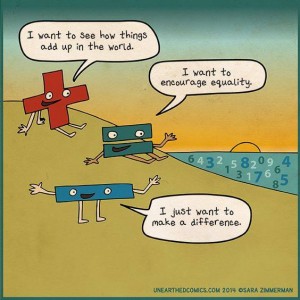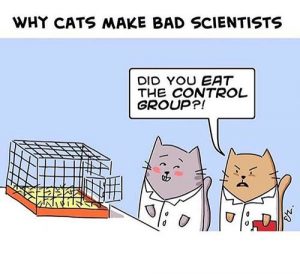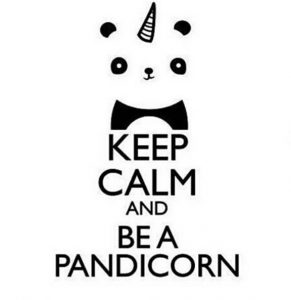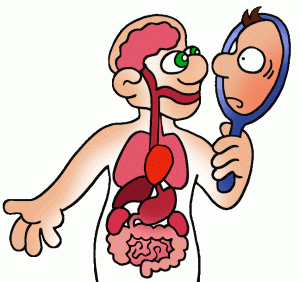Our Unit, Socials, PE, and Health! Update October 17th
Hello Everyone!
Many things to report today! Here we go….
Unit and Socials!:
In connection with the social studies curriculum and our unit, we are looking at BEARS! Why? We are learning about why bears are important to First Nations in British Columbia, what humans can learn from bears, and how bear anatomy is similar to human anatomy. Looking at First Nations traditional knowledge — knowledge about the land gained from thousands of years living in this region — we discover how important bears were and why they were considered sacred animals. Bear’s have similar organ systems to those of a human, and thus, bears and humans eat similar foods. What is safe for a bear is also safe for us! We can watch bear behaviour to learn where to find food and what foods are safe to eat.
Today, we looked at characteristics of black and grizzly bears and practiced telling the difference between the two types. We learned the white Spirit Bear is actually a black bear with a recessive white gene! We watched a video on the Great Bear Rainforest to see the beautiful lands up north where you can find these bears. We also heard a First People’s perspective about how important the land and the bears are to their culture and way of life.
Tonight, try watching 15 minutes of this video by National Geographic on the Great Bear Rainforest to have a sense of how beautiful these lands are. You don’t have to watch the whole thing.
If you want to know more, you can also find out more information on the B.C. Government Website on the Great Bear Rainforest or Destination BC or this CBC Article on how the Great Bear Rainforest received protection in 2016.
PE/Health:
Today, Ms. D gave everyone their own copy of a book called Heartsmart Kids which is produced by the Heart and Stroke Foundation. These books are provided by Heart and Stroke to students in grades 4-6 to learn about heart health. Inside you will find activities directly connected to our curriculum. As we investigate personal choices and how they impact the human body, I will be asking everyone to do some activities in the booklet. The book will then be yours to keep!
Tonight, try reading pages 12-13 as a review of the circulatory system and do the activities on pages 15-16. Only spend 15 minutes on this, and if not finished, you can do some in the morning when you arrive. If you would like to work further in the booklet, go for it! But, you don’t have to. I will be pointing out certain pages I want you to look at for sure, and then the rest are optional to do at your leisure!
Math:
Today we did went over some tricks for multiplying simple decimals in our heads! Then, we did some group math, and Ms. D gave everyone math challenges to solve about pizza and fractions. These challenges come from the book United We Solve, which has some excellent cooperative learning activities! We divided into six groups, and students were given a large whiteboard to use to draw pictures and to show their work as they solved the problem. Then, students presented their results to one another.
Art, Language Arts, and Core Competencies:
We recently finished an art project which is currently displayed on the bulletin board in the school across from the music room. Students used fine-motor skills to carefully divide a piece of paper into sections and to collage the sections in different colours using a variety of paper and other media. They then looked at a list of adjectives in either English or French for new words to describe themselves. This involved some language arts thinking, using a dictionary to look up new words, and some reflection. Who am I as a person? What are the personality characteristics I bring to the classroom? We all learned new words, and I was impressed as everyone practiced the Core Competencies of Communication and Personal Awareness. Check out our art when you get a moment!
Caribou Contest:
We will be doing the Caribou Contest either Wednesday or Thursday. If you want to practice, go to the Caribou Tests website to do it before tomorrow.
Diwali Assembly Tomorrow:
Students will be participating in an assembly designed to learn about Diwali, which is a holiday celebrated by members of our class as well as other students at our school. This is one of many assemblies we will have to learn about cultural celebrations, as we also do one for Chinese New Year, and we have holiday celebrations in December. Thank you Anisha for sharing with us what you will be doing tomorrow during assembly!
HAVE A GREAT EVENING! BRING LIBRARY BOOKS TOMORROW!!!!!
Ms. D





